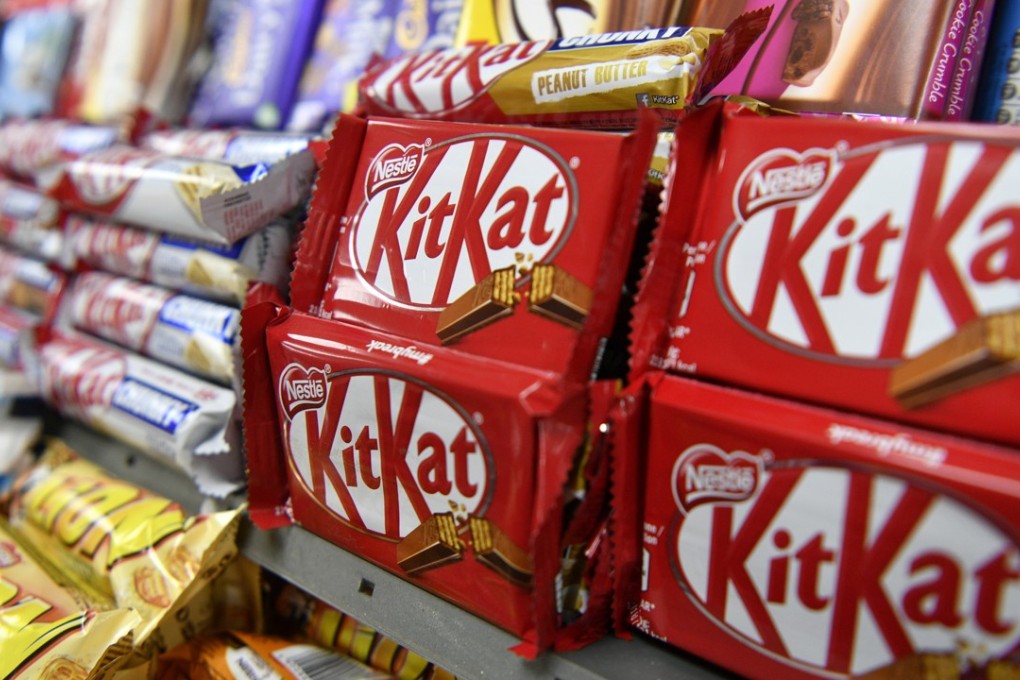The View | As Kit Kat, Starbucks and Posh Spice rulings show, intellectual property is big but bittersweet business
Stephen Vines says as the importance of trademark protection to the global trade agenda grows, Hong Kong’s rule of law advantage over mainland China is apparent

What is the difference between Nestlé’s Kit Kat and the Toblerone bar manufactured by Mondelez?
Existential questions of taste, texture and maybe even cocoa content can obviously come into play when answering this question. But considerations of this kind are for chocolate aficionados. Here on the business pages, perhaps lamentably, less lyrical matters must be considered.
Unlike Nestlé, Mondelez had managed to trademark its “zigzag prism”-shaped Toblerone bar. Moreover, as the owner of the Leo and Kvikk Lunsj confectionery brands, offering chocolate bars that are similar in appearance to Kit Kat, Mondelez was happy to see Nestlé falter in its long-running battle for exclusive rights to the Kit Kat shape.
The court ruling is a landmark in Nestlé’s 16-year battle over Kit Kat but it is unlikely to be the end of the road as makers of branded products take trademark matters very seriously. After all, vast sums of money are at stake.
